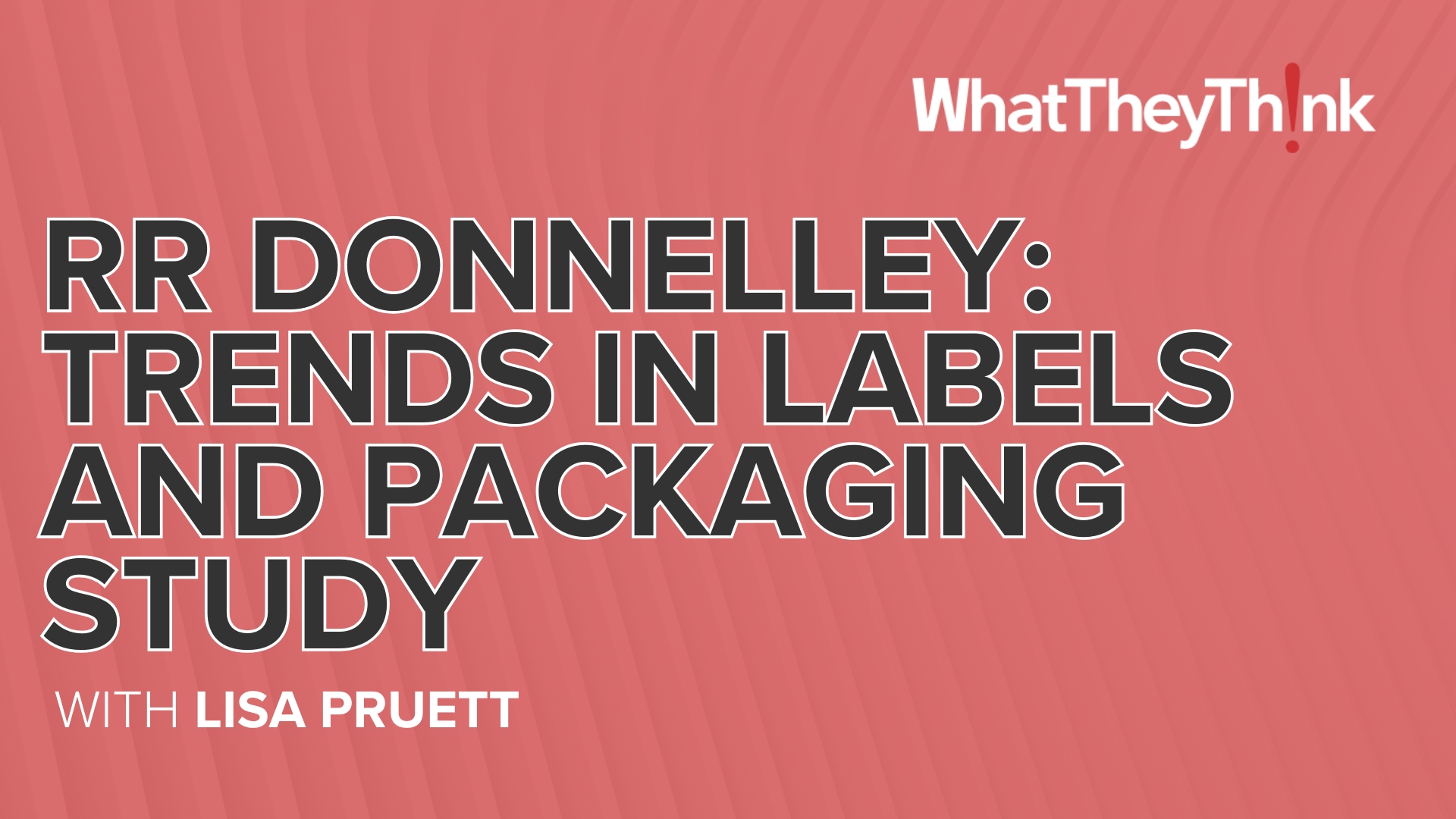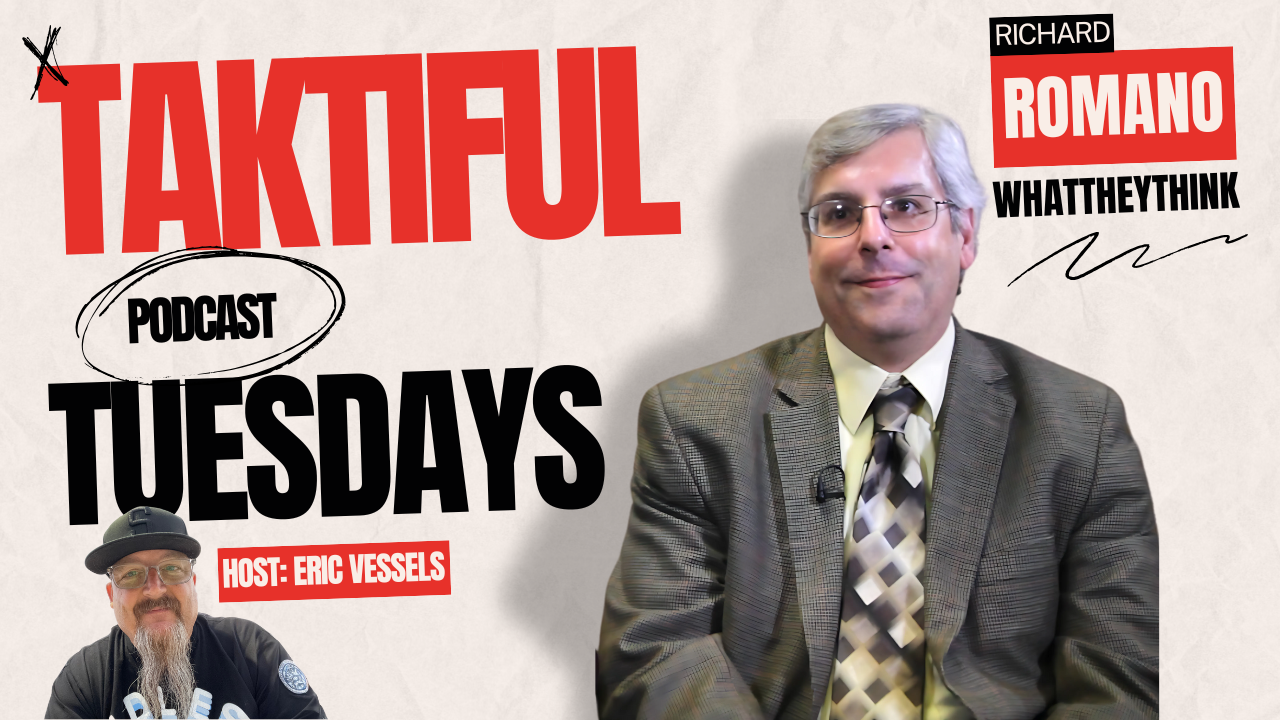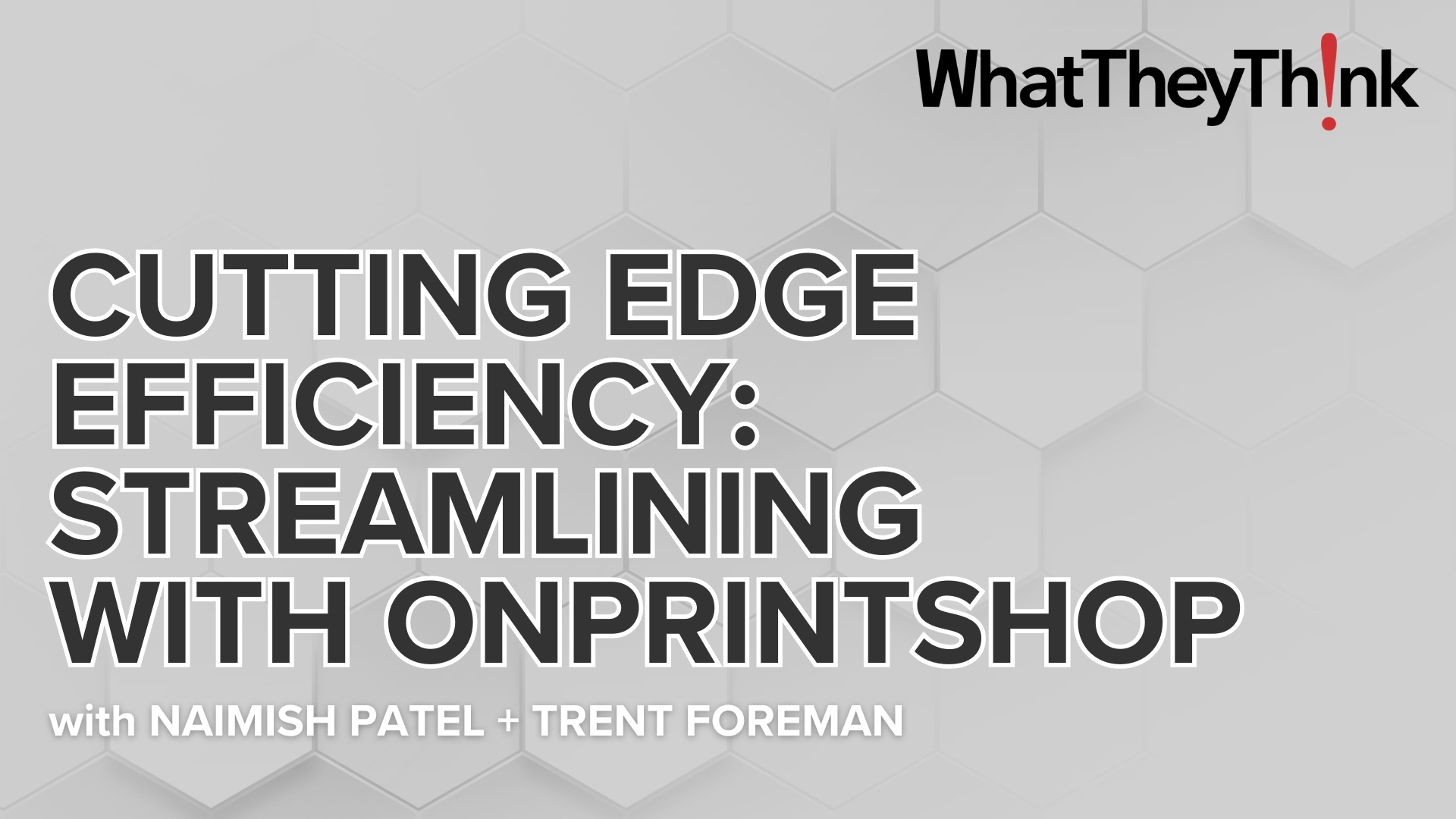The Paperisation Trend Shows No Sign of Slowing
Press release from the issuing company
Paper packaging has been around for thousands of years, and James Montero MacColl points to recent trends as a good sign that it’s only getting better with age.
Packaging is going back to its roots. It’s been thousands of years since the ancient Chinese first used pressed tree bark to create small pouches for herbs and medicines, but the paper packaging of today is no nostalgia act – it’s only proving to be more innovative and integral to our everyday lives as time goes on.
The global appetite for alternatives to plastic packaging has driven a wave of innovation that makes paper and paper-based packaging a more viable proposition for a wider range of applications than it was a decade or so ago. As organisers of London Packaging Week, we’ve seen first-hand how the paperisation trend has evolved year-on-year, with better functionality, recyclability, and aesthetic designs appearing on the show floor every year.
The question is, is this some passing fad? The luxury packaging industry is generally more about heritage and prestige than change, so is it worth overhauling packaging processes that, in some cases, may have decades of history behind them?
Driving the change
The short answer is that this is no mere fad – paperisation is here to stay. Luxury consumers are often a law unto themselves with their own set of drives and desires, but when it comes to sustainability, they agree with the average consumer. A Deloitte report found that 57% of luxury consumers take the sustainability of their purchase into account when buying from designer brands.
While there are many avenues luxury brands can explore to reduce their environmental impact – such as setting ethical sourcing and manufacturing policies – adopting paper-based packaging is one that’s likely to have the biggest impact on a consumer’s purchasing decision. Packaging is a tangible demonstration of a brand’s values. Supplier codes of conduct and philanthropic initiatives are absolutely worthwhile, but they are abstract and distant ideas compared to packaging, which consumers can touch and engage with directly.
And, if consumer sentiment wasn’t enough to convince luxury brands that paper is the future, ever-tightening regulations around the world should be. The most notable recent example of this is the EU’s Packaging and Packaging Waste Regulation (PPWR), the terms of which were agreed in principle in March 2024. Those terms place heavy restrictions on single-use plastics, but not on paper-based equivalents. It also exempts paper-based materials from new minimum recycled content requirements, set to come into force in 2030.
PPWR also sets targets for material and weight reduction – which could have major consequences for glass, a staple material in luxury packaging. Heritage brands – particularly spirit brands – have long enticed consumers with ornate bottles that are more display pieces than packaging solutions. Under PPWR, this type of packaging is much less viable, even taking into consideration the recyclability and reusability of glass.
While this will naturally have significant ramifications for any business looking to sell into the European market, this pattern is one we see repeated around the world, with the UK, India, Canada, Brazil, and several US states passing sustainability legislation of varying scope. As these regulations continue to evolve around the world, it seems clear that future-proofing packaging with paper-based materials is a wise strategy.
Good things come in small packages
So, with all of that said, what sort of things are wowing the crowds at London Packaging Week – and, more importantly, what can we expect in the future?
For one, the luxury industry’s reliance on excess is being replaced by a minimalist elegance. Consumer preferences and regulations are nudging all packaging down a more streamlined, lightweight route. However, that doesn’t mean packaging is becoming simpler – far from it. The next generation of packaging innovations will be driven by designers looking to give their solutions a premium look and feel through refined finishing techniques like hot and cold foiling, holographic elements, and selectively applied tactile varnishes.
These techniques can be combined with clever interactive opening experiences and smart technology to create a curated sensory experience that feels unique to each consumer.
To support all of this, we’re seeing a new wave of innovative materials and design techniques developed with sustainability in mind. Water-based coatings have evolved significantly in recent years, with packaging designers able to employ a wealth of barrier coatings, gloss and matt varnishes, and tactile finishes without impacting the pack’s recyclability. The same evolution has been seen in foiling – the archetypical ‘luxury’ technique – that can now be applied to paper-based materials using vapour deposition technology to optimise recyclability.
And, while dominating the shelves with towering packaging may no longer be an option, brands are turning to clever structural designs to draw the consumer’s eye through differentiation. London Packaging Week show floors are now regularly filled with “how have they done that?”-style origami-inspired folded designs of mind-blowing intricacy, complemented by flaps, opening mechanisms, unique shapes, and other features designed to captivate and delight the consumer, proving that good things really do come in small packages.
In short, paperisation is putting the focus on craftsmanship and innovation like never before. And innovation only drives more innovation – as paper continues to prove its worth in the luxury space, more investment will go into increasing its functionality and aesthetic design possibilities even further and for a wider range of applications.
Instead of viewing paperisation as a set of restrictions caused by picky consumers and overreaching legislation, the most successful brands will view the paperisation trend as an opportunity. It’s an opportunity that should be seized with both hands – and, as the packed show floor at London Packaging Week proves every year, there is no shortage of inspiration out there to draw from.
- Questions to ask about inkjet for corrugated packaging
- Can Chinese OEMs challenge Western manufacturers?
- The #1 Question When Selling Inkjet
- Integrator perspective on Konica Minolta printheads
- Surfing the Waves of Inkjet
- Kyocera Nixka talks inkjet integration trends
- B2B Customer Tours
- Keeping Inkjet Tickled Pink
© 2024 WhatTheyThink. All Rights Reserved.














